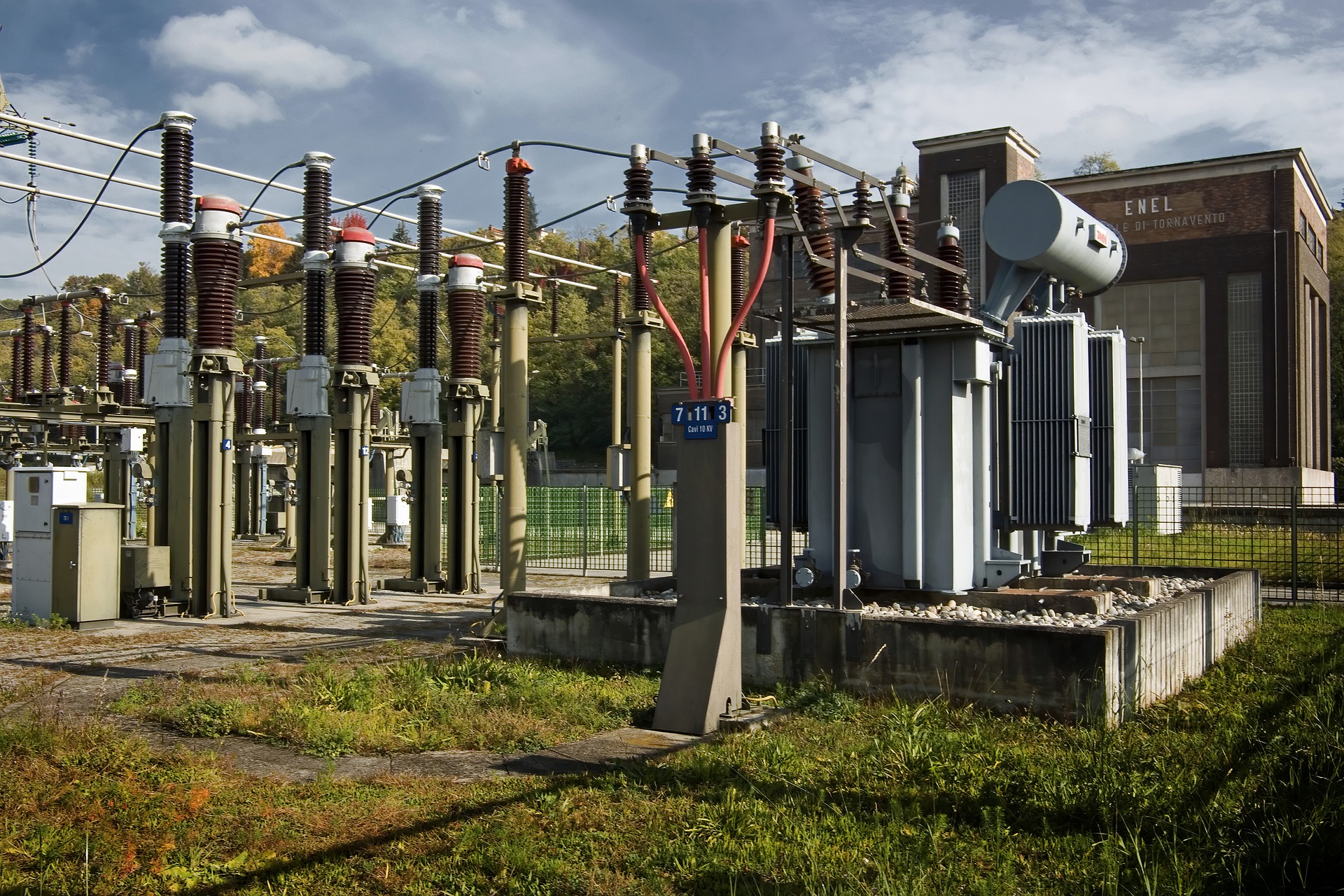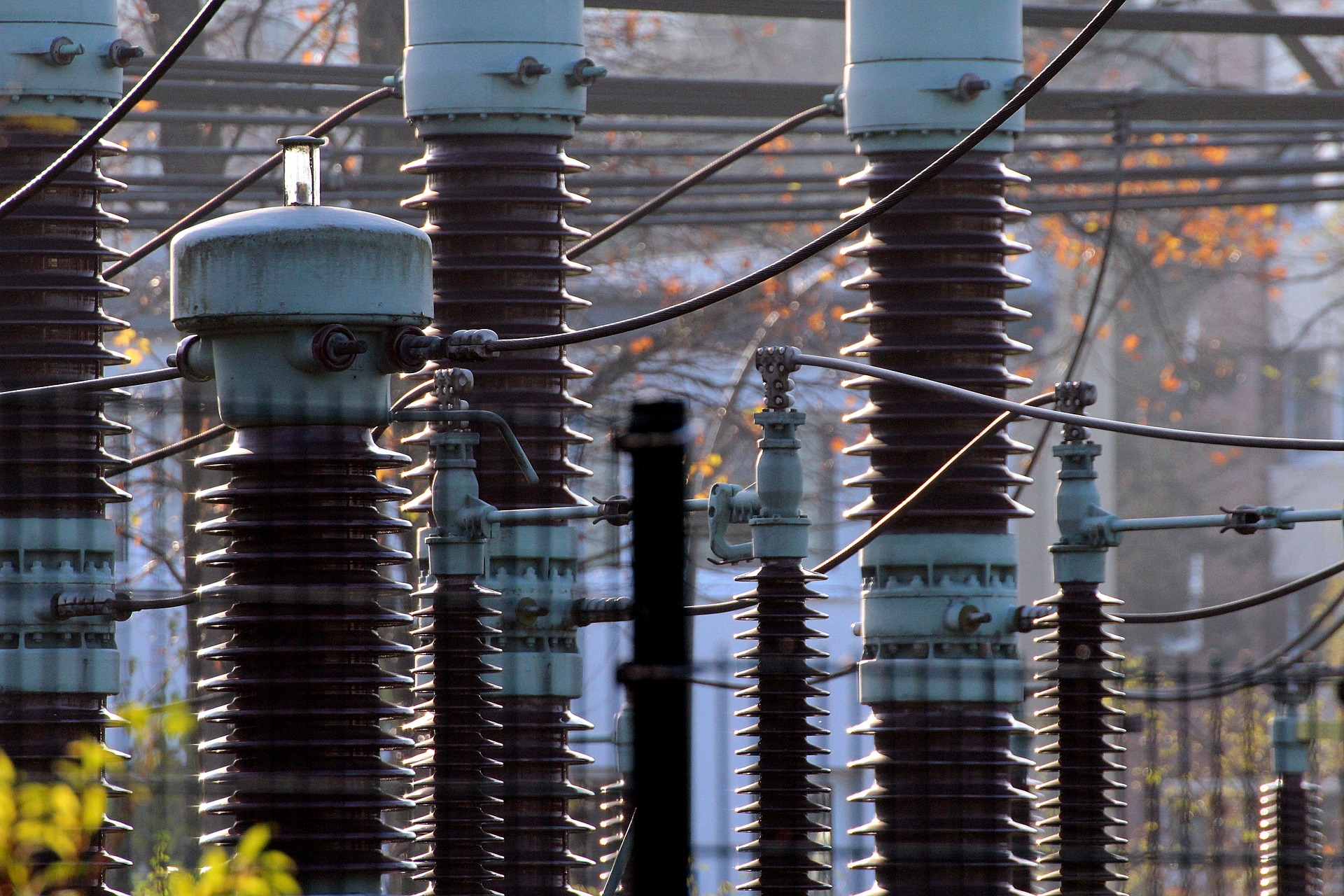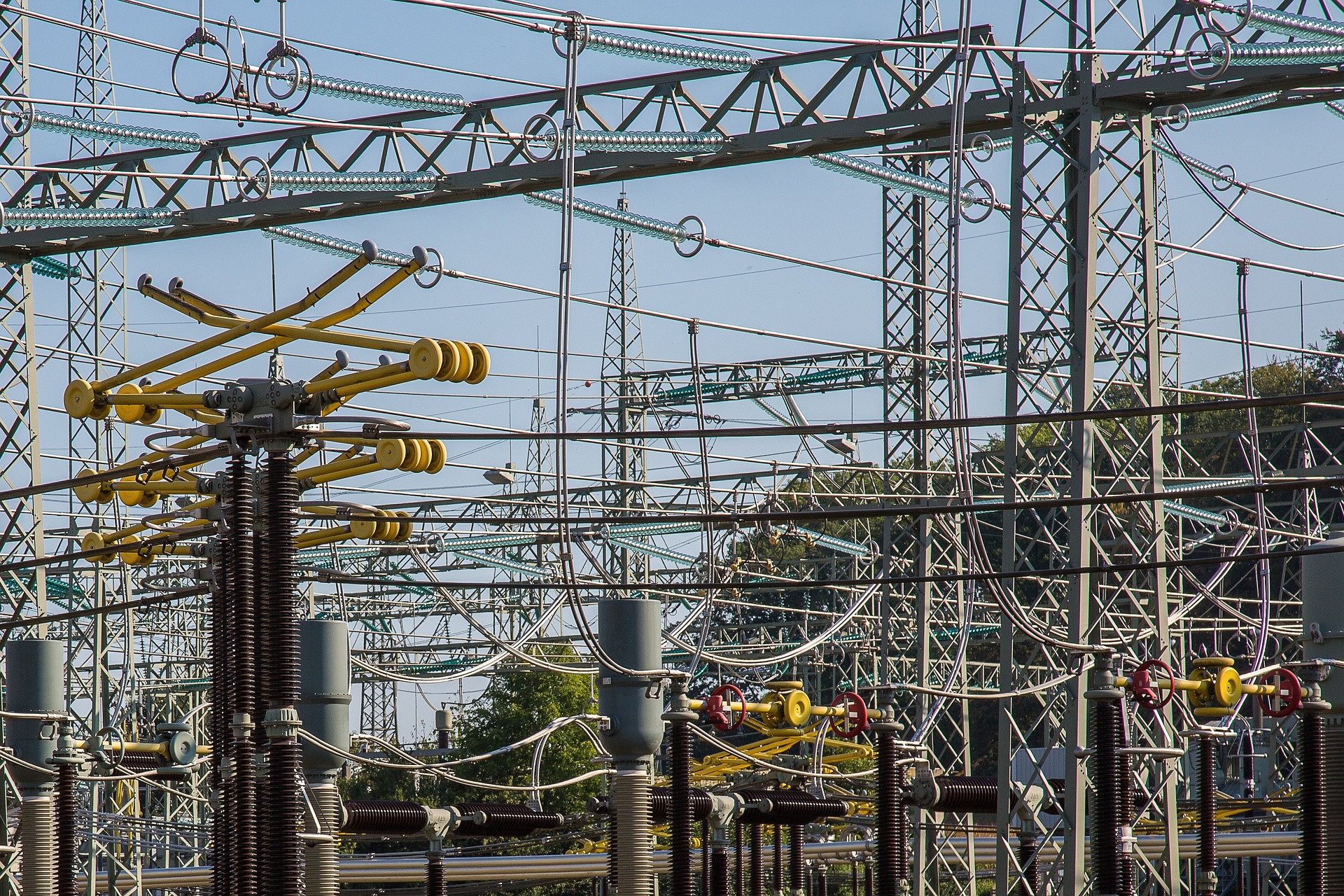Power & Distribution
A Power Transformer are used to increase the level of voltage to a high value for transmission of the electric power over the long distances.
A Distribution Transformer is used to step down (reduce) the high voltage to the low voltage for supplying consumer’s load.
What are Distribution Transformers
A distribution transformer or service transformer is a transformer that provides the final voltage transformation in the electric power distribution system, stepping down the voltage used in the distribution lines to the level used by the customer. The invention of a practical efficient transformer made AC power distribution feasible; a system using distribution transformers was demonstrated as early as 1882.
If mounted on a utility pole, they are called pole-mount transformers. If the distribution lines are located at ground level or underground, distribution transformers are mounted on concrete pads and locked in steel cases, thus known as distribution tap pad-mount transformers.
Distribution transformers normally have ratings less than 200 kVA, although some national standards can allow for units up to 5000 kVA to be described as distribution transformers. Since distribution transformers are energized for 24 hours a day (even when they don’t carry any load), reducing iron losses has an important role in their design. As they usually don’t operate at full load, they are designed to have maximum efficiency at lower loads. To have better efficiency, voltage regulation in these transformers should be kept to a minimum. Hence they are designed to have small leakage reactance.


Use
Distribution transformers are normally located at a service drop, where wires run from a utility pole or underground power lines to a customer’s premises. They are often used for the power supply of facilities outside settlements, such as isolated houses, farmyards or pumping stations at voltages below 30 kV. Another application is the power supply of the overhead wire of railways electrified with AC. In this case single phase distribution transformers are used.
The number of customers fed by a single distribution transformer varies depending on the number of customers in an area. Several homes may be fed from a single transformer in urban areas. Rural distribution may require one transformer per customer, depending on mains voltage. A large commercial or industrial complex will have multiple distribution transformers. In urban areas and neighborhoods where the primary distribution lines run underground, padmount transformers, transformers in locked metal enclosures mounted on a concrete pad, are used. Many large buildings have electric service provided at primary distribution voltage. These buildings have customer-owned transformers in the basement for step-down purposes.
Distribution transformers are also found in the power collection networks of wind farms, where they step up power from each wind turbine to connect to a substation that may be several miles (kilometres) distant.
Connections
Both pole-mounted and pad-mounted transformers convert the high ‘primary’ voltage of the overhead or underground distribution lines to the lower ‘secondary’ or ‘utilization’ voltage inside the building. The primary distribution wires use the three-phase system. Main distribution lines always have three ‘hot’ wires plus an optional neutral.
In the North American system, where single-phase transformers connect to only one phase wire, smaller ‘lateral’ lines branching off on side roads may include only one or two ‘hot’ phase wires. (When there is only one phase wire, a neutral will always be provided as a return path.) Primaries provide power at the standard distribution voltages used in the area; these range from as low as 2.3 kV to about 35 kV depending on local distribution practice and standards; often 11 kV (50 Hz systems) and 13.8 kV (60 Hz systems) are used, but many other voltages are common. For example, in the United States, the most common voltage is 12.47 kV, which has a line-to-ground voltage of 7.2 kV. This has a 7.2 kV phase-to-neutral voltage, exactly 30 times the 240 V on the split-phase secondary side.

